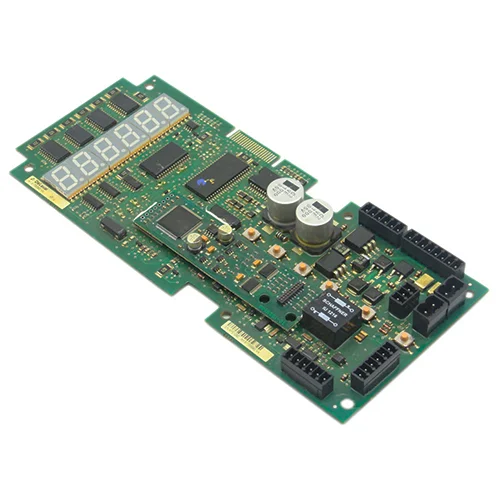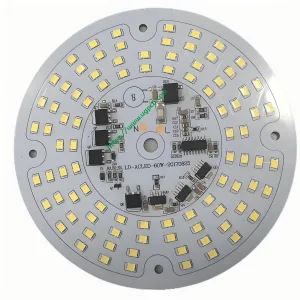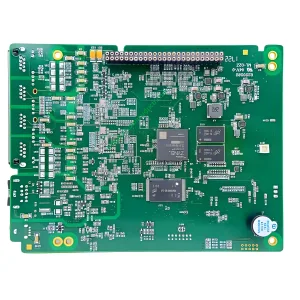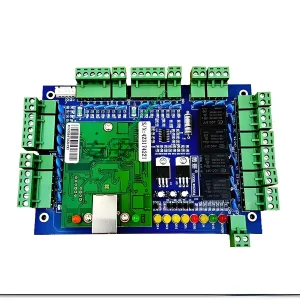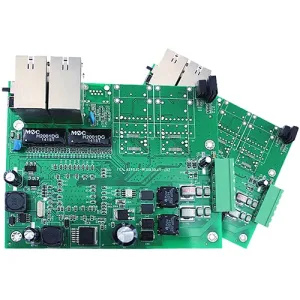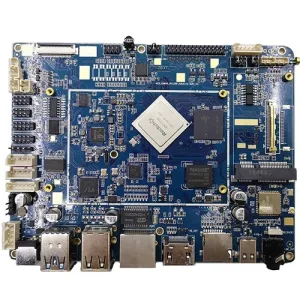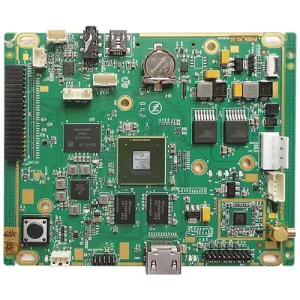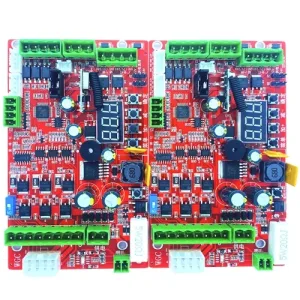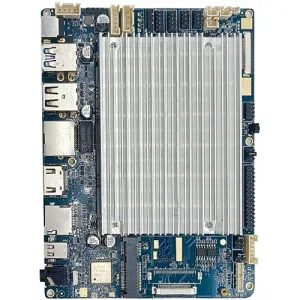Dual In-line Package (DIP) plug-in process introduction
In PCBA processing, with the increasing power of SMT equipment and the miniaturization of PCBs and electronic components, SMT processing has become more widespread, gradually replacing traditional plug-in processing. Cu toate acestea, some circuit boards still require plug-in processing, which remains common in the electronic processing industry. DIP plug-in processing is part of SMD processing.
Dual In-line Package (DIP) refers to a type of integrated circuit chip packaging where pins are arranged in two parallel rows. Most small and medium-sized integrated circuits use this packaging method, typically with no more than 100 pins.
1. BOM List and Scheduling Process
Based on the BOM list, materials are received and verified for type and specifications. Then, processes are scheduled and components allocated for each task.
2. Plugging
Components that need through-hole mounting are inserted into the corresponding positions on the PCBA board, preparing for wave soldering.
3. Wave Soldering Machine
The plugged PCBA board is placed on the conveyor belt of the wave soldering machine. It undergoes flux spraying, preheating, wave soldering, and cooling to complete the wave soldering process.
4. Component Trimming
The finished PCBA board is trimmed to the appropriate size.
5. Reflow Soldering
Any partially soldered PCBA boards are reworked to ensure complete soldering.
6. Board Cleaning
PCBA products are cleaned to remove residual flux and other harmful substances, achieving the environmental cleanliness standards required by customers.
7. Testing/Quality Check
After component soldering, the PCBA products undergo functional testing to ensure they work correctly and meet customer satisfaction before delivery.
 LOGO UGPCB
LOGO UGPCB

